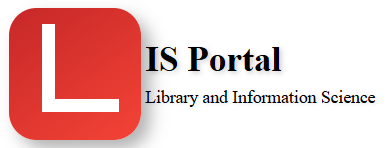Catalogue Purpose:
The purpose of a library catalogue is to provide a comprehensive and organized list of all the resources available in a library. It serves as an index to the library’s holdings and helps users locate and access the resources they need. The main objective of a library catalogue is to provide a means of finding the required material in the library collection.
Catalogue Structure:
The structure of a library catalogue may vary depending on the type of catalogue and the library’s needs. However, some of the common components of a catalogue structure include:
-
Main Entry: This is the primary access point for a resource in the catalogue and typically includes the author’s name or the title of the work.
-
Title Page: This includes the title, author’s name, edition, and publication information.
-
Physical Description: This includes information on the size, extent, and other physical characteristics of the resource.
-
Subject Headings: This provides access points for the content of the resource, organized by subject.
-
Notes: This includes additional information about the resource that may be relevant to users, such as annotations, summaries, or tables of contents.
Types of Catalogue Physical Forms:
-
Card Catalogues: These were the traditional form of a library catalogue, where each resource was represented by a physical card containing bibliographic information.
-
Book Catalogues: These are catalogues that are published in book form, either as a single volume or in multiple volumes.
-
Online Public Access Catalogue (OPAC): These are digital catalogues that allow users to search for and access resources in a library’s collection through an online interface.
OPAC Filing Rules:
The rules for filing entries in an OPAC vary depending on the specific cataloging system in use. However, some general filing rules include:
-
Alphabetical order: Entries are usually filed alphabetically by the first significant word in the title or by the name of the author.
-
Ignoring initial articles: Articles such as “a,” “an,” and “the” are typically ignored when filing entries alphabetically.
-
Filing by numbers: Numeric entries are usually filed as if they were spelled out, for example, “1995” would be filed as “nineteen ninety-five.”
-
Filing by punctuation: Entries are often filed by the first significant word after any punctuation, such as a comma or colon.
The purpose and structure of a library catalogue are designed to make it easier for users to locate and access the resources they need. The physical form of the catalogue has evolved over time, with OPACs now being the most common type of library catalogue used in many libraries around the world.
